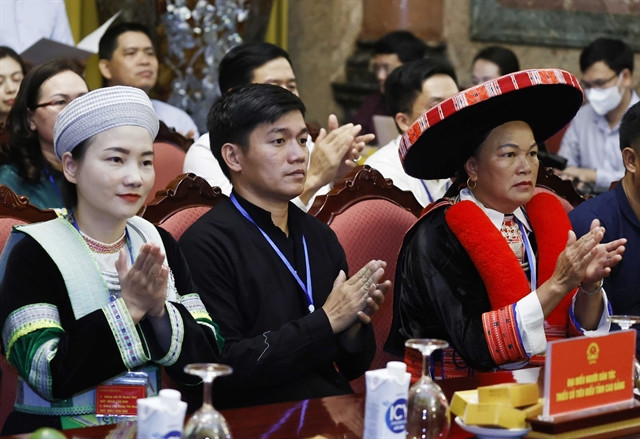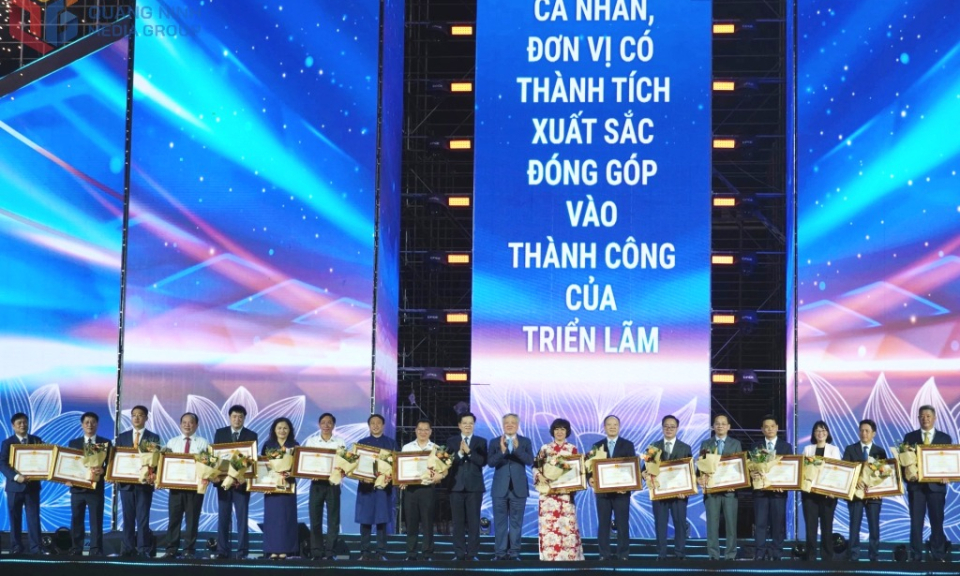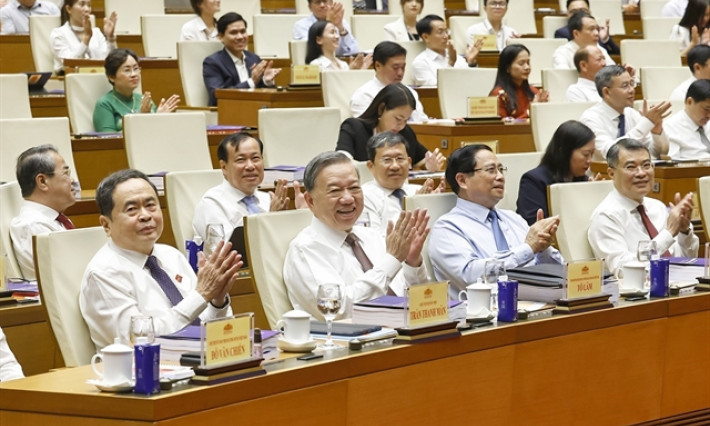Human rights top of agenda in Việt Nam
What is more impressive is that some EM groups with a population of fewer than 1,000 have had a say in the legislative body.
Ethnic minorities' (EM) representation in the National Assembly (NA) is a fundamental tenet of Việt Nam's political doctrine; the country has spared no effort in ensuring they are presented from the top.
That remark was made by Nguyễn Lâm Thành, Vice Chairman of the NA's Council on Ethnic Minorities, at a press conference on human rights yesterday.
Thành said the Law on the Election of NA Deputies 1997 was a big boost to EM candidates as it assigned the council the task of providing them with electoral training and nominating them to the legislature.
The 2016 version of the law went one step further by stipulating that at least 18 per cent of candidates running for election must come from EM.
The country's legal efforts have translated into good results, with the legislative body becoming increasingly inclusive over the past decade. Between 2011 and 2016, EM deputies constituted 15.6 per cent of the NA. The share rose to 17.3 per cent from 2016 to 2021, and 17.8 per cent in the next five years.
What is more impressive is that some EM groups with a population of less than 1,000 have had a say in the legislative body. For instance, the Brâu people (population of less than 1,000) made it to the 15th NA whereas Mảng (less than 5,000) had their deputies in the 14th NA.
So far, 51 out of 53 EM groups in Việt Nam have seats in the legislature. The country has set it a goal to have the two remaining groups, Ơ-đu (less than 1,000) and Ngái (less than 2,000), legislatively represented in the short term.
The vice chairman also suggested several measures to create a more inclusive representative body. The measures include training for elected EM representatives and bottom-up nomination for EM candidates.
Trần Chi Mai, Deputy Director of the International Cooperation Department, Committee for EM Affairs, said Việt Nam's delegates will defend its 5th Report on the Compliance with the International Convention on the Elimination of All Forms of Racial Discrimination (CERD) from 29-30 November in Geneva.
The report is comprised of two parts.
The first part delves into the fundamental aspects of Việt Nam's institutions and legal framework concerning human rights protection. It also outlines the complexities of implementing CERD in the country.
The second provides insights into the measures taken by Việt Nam to align its legal framework with CERD. It also highlights the progress made in safeguarding the rights of EM groups in line with CERD.






